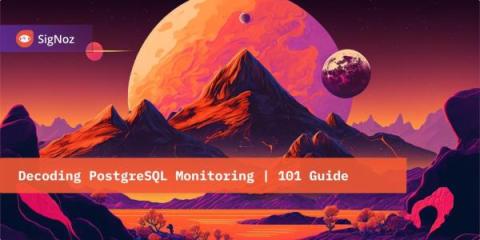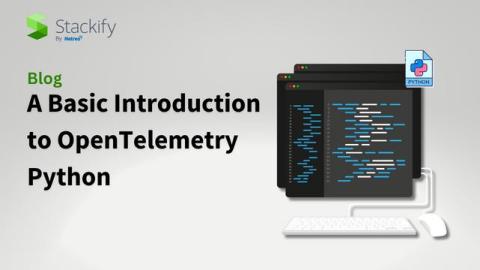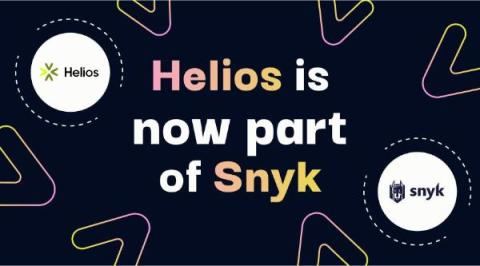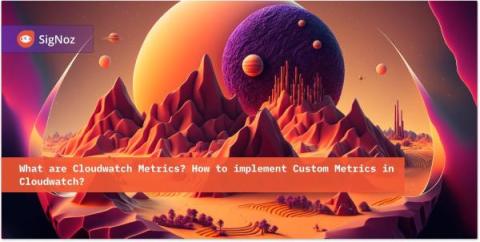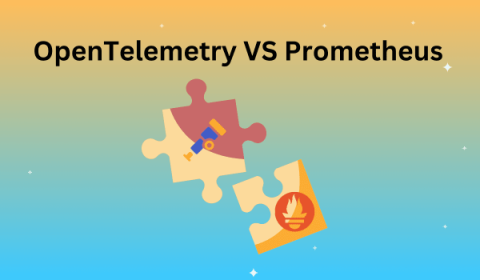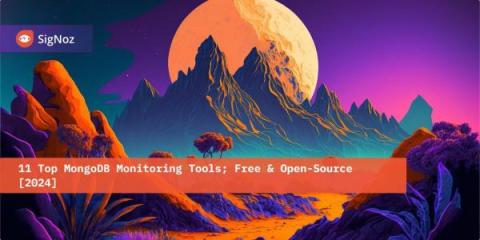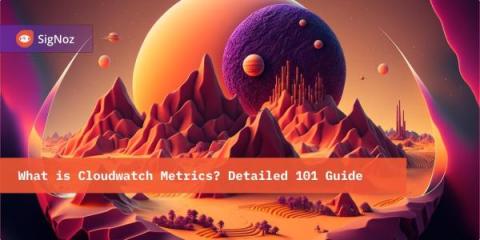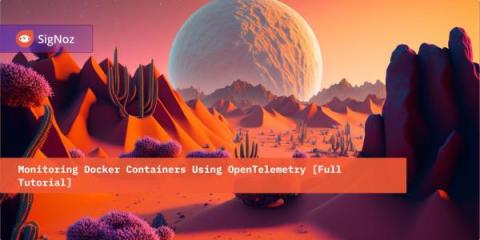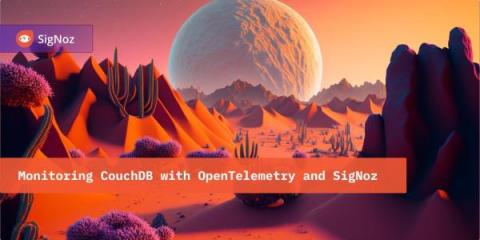Operations | Monitoring | ITSM | DevOps | Cloud
Tracing
The latest News and Information on Distributed Tracing and related technologies.
A Basic Introduction to OpenTelemetry Python
Helios is now part of Snyk!
It’s been quite an amazing, bumpy, yet satisfying journey – and we’re delighted to join Snyk, the market leader in developer security. As part of Snyk, we’ll be able to deliver our product, technology, and vision into the hands of thousands of customers and millions of users.
Troubleshooting distributed applications: Using traces and logs together for root-cause analysis
When troubleshooting distributed applications, you can use Cloud Trace and Cloud Logging together to perform root cause analysis.
What are Cloudwatch Metrics? How to implement Custom Metrics in Cloudwatch?
OpenTelemetry VS Prometheus: The Essential Guide
OpenTelemetry vs Prometheus is a commonly searched and debated topic in the Observability and monitoring space. While both platforms are widely used in software and infrastructure management today, most people don’t understand the difference between the two. Both platforms stand as robust tools in the realm of observability, each offering unique capabilities. OpenTelemetry offers a uniform approach for gathering, instrumenting, and exporting telemetry data.


